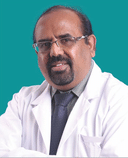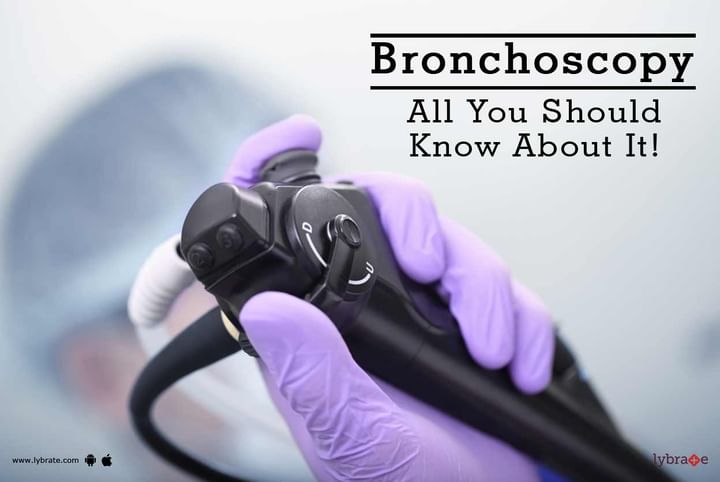Bronchoscopy - All You Should Know About It!
Bronchoscopy is a test performed by doctors to examine the lungs and airways. It is a medical procedure used for the treatment of lung problems like tumors, infections, excess of mucus, bleeding, or blockage.
In this endoscopic procedure, a thread like instrument called a Bronchoscope is inserted into the airways through mouth or nose to detect the abnormalities of the lungs. The Bronchoscope used in this procedure is made of optical fiber. It may be flexible or rigid.
Types of Bronchoscopy
There are two types of Bronchoscopy:
● Flexible Bronchoscopy: The Flexible Bronchoscopy is much more common than Rigid Bronchoscopy. In this procedure, a long thin wire with light is inserted into Lungs. The flexibility of the instrument makes it easier to reach more points than Rigid Bronchoscope.
● Rigid Bronchoscopy: The Rigid Bronchoscopy is a procedure in which a hollow, straight, metal tube is used to treat bleeding, removing foreign materials, etc.
Why Is Bronchoscopy Recommended
There are several medical reasons for which doctors recommend Bronchoscopy. Some of the them are:
● Tumor or Infection
● Chronic Cough
● Lung Cancer
● Lung Disease
● Blockage in Airways
● Short Breath Rate
● Remove excess mucus, fluid, or foreign materials from airways
How Bronchoscopy is Performed
In this process, an instrument made with optical fiber, called Bronchoscope, is inserted into the Lungs and airways to determine the abnormalities.
The Bronchoscopy process includes the following steps:
● The first step is to give medicines that help patients relax.
● An anesthetic drug is sprayed into mouth and throat. If Bronchoscopy is performed through the nose, numbing jelly is given through the nostrils.
● After numbing the patients, gently insert the Bronchoscope with light and camera. It may initially cause a cough.
● Doctors send the Saline solution through the tube. The Saline solution helps to wash the lungs and collect samples of cells, mucus, fluids, and microbes for further testing. This process of Bronchoscopy is called lavage.
● In some cases, needles, tiny brushes, or forceps may also pass with the scope to collect lung tissues (Biopsy).
● A stent may also be placed in airway to view lungs in this procedure.
● Sometimes an Ultrasound is also performed by doctors to see the lymph nodes and tissues around the lungs. Ultrasound is also performed for imaging that helps the doctor to see the condition of airways.
● After the procedure, Bronchoscope is removed from the body.
Benefits After Bronchoscopy
Bronchoscopy is one of the most common tests in Pulmonology. It is a quick and painless process used by doctors to determine or treat many Lung problems. With the help of this process, doctors will come to know the exact problem of the patients. Based on the results of Bronchoscopy, doctors will advise taking medicine or other treatment. So, this process is very helpful to know the medication or treatment for particular Lung disease.
Bronchoscopy is one of the safest tests that may carry little complications or risks. These risks are temporary and can be cured in a few days. So, it is always beneficial to consult a doctor before and after the test.



+1.svg)
